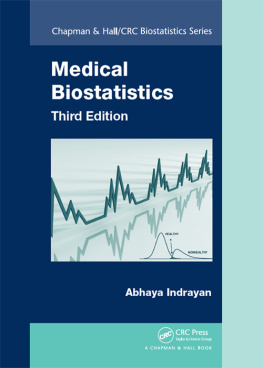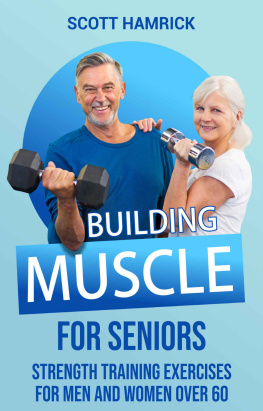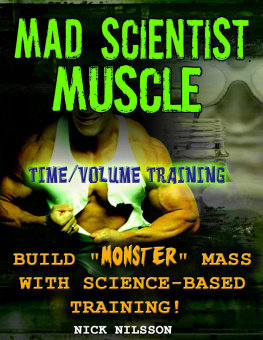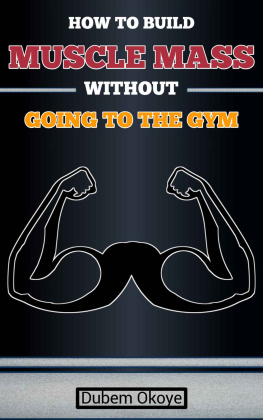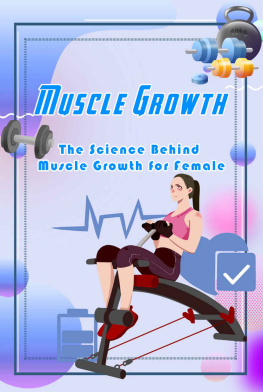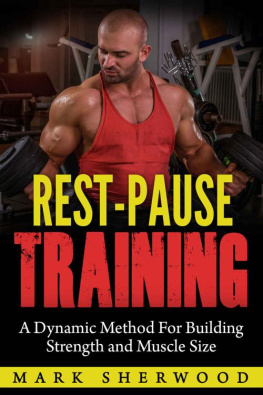Introduction
Thanks to the internet, individuals now have access to more information than ever before. There are unquestionably an array of positive things about this. Simultaneously, some negatives do exist.
Applying this to the world of building muscle, a quick Google Search on any given training variable will typically bring up hundreds of thousands of results. Access to this amount of information can be highly valuable.
However, especially in the broad fitness world, misinformation or just plain contradictory information exists.
As an example, one source may claim that repetitions between 8 and 12 are the best for building muscle, while another source may state repetitions above 12 are better.
Comparably, one source may state full-body workout splits that have you train each of your muscle groups three times per week is ideal for building muscle as a beginner, while a different source may contend traditional bodybuilding style splits (where you train each muscle group only once per week) is the way to go.
These aren't just two random examples. In fact, they are two problems I faced as a beginner.
If you've spent any decent amount of time reading multiple sources online around building muscle, chances are you're well aware of what I'm talking about.
For complete beginners, it can be truly confusing. Who should you trust?
Fortunately, not long after I began lifting weights, I stumbled across articles referencing scientific research.
Before this, I was unaware there existed experimental research comparing muscle growth (as well as other measures like strength) between training with different variables.
Instead of listening to what folks believed they thought worked best for them, or what they dogmatically believed, here were experimental studies that I believe bring us much closer to the truth.
Of course, I should emphasize by no means am I saying personal experiences or beliefs are useless. There are unquestionably situations in which a person's experience or beliefs are highly useful.
Yet, two main issues readily come to mind when one only bases their training and recommendations on personal experiences and beliefs.
Firstly, who are we to believe when one's personal beliefs and experiences conflict with another?
Secondly, can we say it's truly sensible to extrapolate what works for one individual to a wider population?
In these two situations, I believe scientific research can go a long way.
Well-designed studies enable us to more rigorously analyze certain claims and get closer to what might be the truth.
This is not to say scientific research is perfect and everything in a training program must be evidence-based. Poorly designed research studies, small sample sizes, conflicting evidence, or just minimal evidence are not uncommon to the exercise science world.
Furthermore, as we'll establish in a later chapter, scientific research is most commonly presented as the average result of the study (or collection of studies). The average may not necessarily apply to you.
Even with these limitations in mind, I believe basing your training program on the current recommendations of scientific research is a far better place to begin than to depend on anecdotal accounts (especially for a beginner).
As a beginner develops training experience, their own experiences can then help shape their training in combination with the current scientific research.
To my knowledge, there does not appear to be a thorough and extensive resource detailing the current literature on all of the variables that go into constructing a training program. This is my attempt at creating such a resource.
Furthermore, with the majority of muscle growth research presented on the web, the specific participants of the study are often overlooked. That is, were the subjects men or women? Additionally, what were their ages?
This is important information. What works for one demographic may not work for another demographic . For instance, what's optimal for building muscle in men between 18 and 35 may not necessarily work best for men above the age of 50.
As a result, as we decipher the current literature around the various variables in a training program throughout this book, we'll be sure to note the exact participants involved to eventually derive recommendations specific to each different demographic (men below the age of 50, women below the age of 50, men above the age of 50, and women above the age of 50).
When I first began training, I truly believe a book such as this would have saved a lot of time, confusion, and energy. I hope this resource can do this for you.
Chapter 1: Exercise Selection1.1 Intro
One of the first things people think about when creating a training program is what exercises they should perform.
For the purpose of building muscle, there are many critical variables one should consider when selecting their exercises.
Should you perform free weight, machine, or bodyweight-based exercises? How do compound exercises compare to isolation exercises? How much exercise variety is ideal for muscle growth? Does the order in which you perform the various exercises in a training session matter for muscle growth?
Don't Worry if some of the terms in the questions above are foreign to you. They'll soon become familiar.
In this chapter, we'll be answering the above questions with help from the currently available scientific research. Furthermore, well also aim to provide a clear framework which you can easily use to select exercises for your custom training program.
1.2 Free Weights vs Machines vs Bodyweight
Let us first explore and compare the different exercise modalities (free weights, machines, and bodyweight exercises) for building muscle.
Free weights refer to exercises that are performed with a weighted object that can freely move.
For instance, any exercise performed with a barbell or dumbbell is classified as free weight, as barbells and dumbbells can be freely moved.
Although barbells and dumbbells are probably the most commonly used free weight equipment, exercises performed with other equipment such as kettlebells and medicine balls also technically fit under the definition of a free weight exercise.
Machines are straightforward, they're simply any movements performed with machine-based equipment.
Bodyweight exercises are also straightforward, they are simply movements carried out with only your body weight.
Are any of these better than one another for muscle building?
Contrary to what seems to be mainstream belief, the evidence demonstrates for muscle growth, neither one is definitively better than the other.
A study by Aerenhouts et al. (1) assigned 46 previously untrained men into either a free-weight group, machine group, or combination group.
The program for each group is detailed below:
All three groups trained each exercise for 3 sets of 12 reps (these reps were performed to failure, the point at which no more reps can be performed due to muscle fatigue), twice per week for 10 weeks.
Some of you may be unfamiliar with the terms "sets" and "reps".
Reps is an abbreviation of the word "repetitions", which refers to how many times you perform a movement in one uninterrupted go. The below image depicts how one rep on the barbell back squat exercise would look.
Next page

